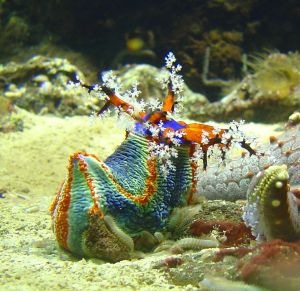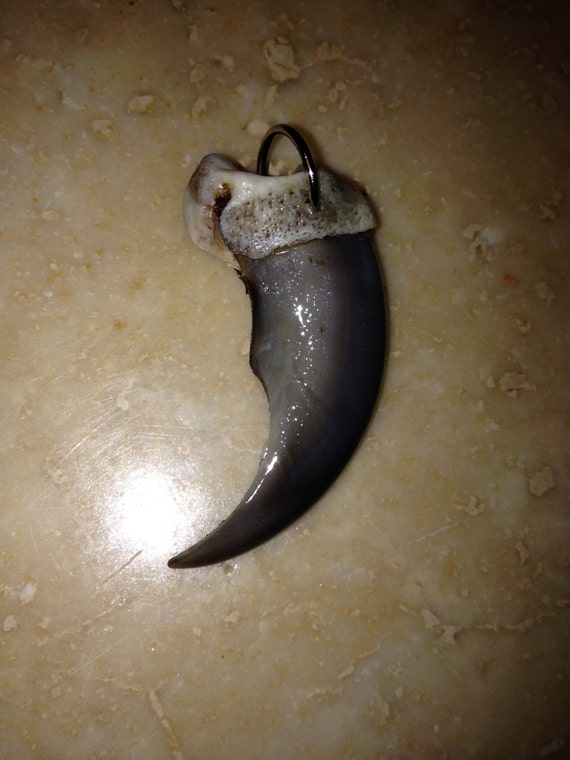Although I have touched on the symbolism of certain animals in my previous posts, there are a wealth of animals, whose powers and attributes could be passed to the wearers of an amulet of talisman in their likeness or made from some part of them. You can find an animal to represent any aspect of yourself you would like to enhance and focus on or to protect you from any type of negative occurrence. I admire Karin Roy’s take on suing animal symbolism so rather than using the lists of totem animals or shamanistic spirit animals, so prevalent on the internet, I have comprised a list of my own, with animals who’s “powers” could be attributes that we would like to cultivate or that could protect us in modern day situations. The one animal amulet I own of is the dragonfly, which symbolises transformation and elevation through learning, understanding, and growth.
The jellyfish Turritopsis nutricula, is almost immortal. At times of stress, it can turn itself back into a polyp, effectively turning back time, there seems to be no limit to how many times it can do this transformation. this could be a representation for seeking the child within us or remaining young at heart as well as the obvious power of longevity.
The sea cucumber is a lesson in fluidity, to get through a small space, it can transform into a liquid, then back into solid again. It may also hod the secret in maintaining collagen elasticity.
The platypus has an extra awareness of other living things nearby by using electrolocation, it picks up the tiny electrical signals in the muscles. The platypus has evolved to be perfectly adapted to his surroundings with totally unique solutions.
The Rhinoceros beetle has super strength and can lift many times his own weight, the male shows great courage and perseverance when it comes to wrestling an opponent. The Dung beetle is also strong and shows perseverance, it uses the moon and stars to navigate when pushing it’s dung ball to its nest.
Salamanders and axolotls have the best self healing powers, they can regenerate and regrow parts of their bodies and even parts of their internal organs.
Sloths are also very fast healers and have an incredible immune system. perhaps some people may be offended, though if presented with a sloth as an amulet, I will have to research this further! I wouldn’t, I am particularly fond of them.
The female box turtle, packages the males sperm inside her shell until the time is right, she then fertilises herself. The power to judge the right time for life-changing decisions is to be applauded.
Chitons cling to rocks in the pudding surf like limpets. They have a hard armour to protect them. They have hardiness and tenacity in the face of adversity and rough times.
Hen chicks chirp to alert siblings to food being available, so they can share in it, this selfless act helps to ensure survival of the whole family.
The Ibycus Rachel, also known as the ninja slug, has a small shell, not big enough to crawl into but has a long tail, which it wraps around itself to sleep. It is also the cupid of the slug world, shooting darts which secrete hormones at potential mates.
Hummingbirds are the most manoeuvrable fliers in the bird world, able to flit from one place to another at amazing speeds and agility They have an ability to sniff out the sweeter things in life and stamina enough to fly 500 miles non-stop. A talisman for the busiest of people.
The salmon uses the earth’s magnetic field to guide it back to it’s exact place of spawning after years at sea. An amulet to give to a loved one who is off travelling the world.
Feel that I have not quite exhausted this subject and will probably add to it as I find interesting animals to add. The animals I have chosen for their aesthetic appeal as wells their attributes. They are all creatures which will be interesting to interpret into jewellery.
















































